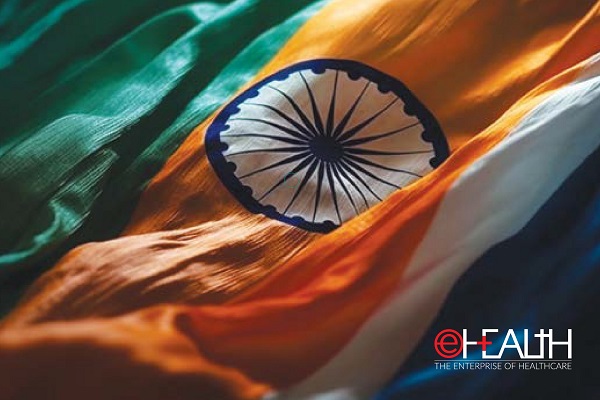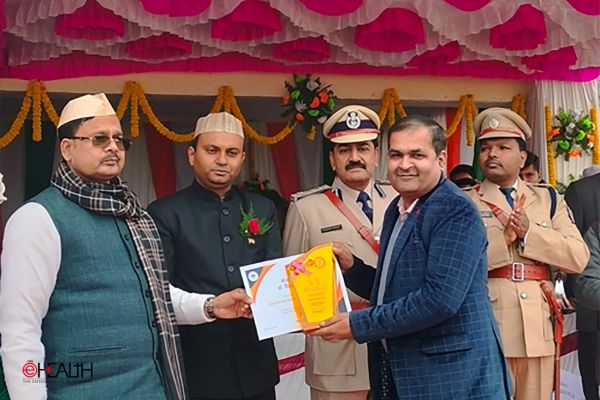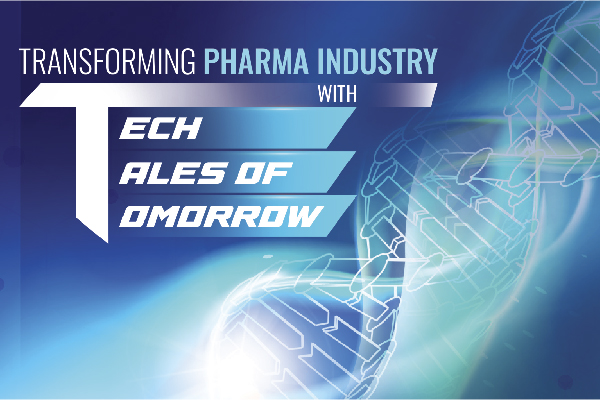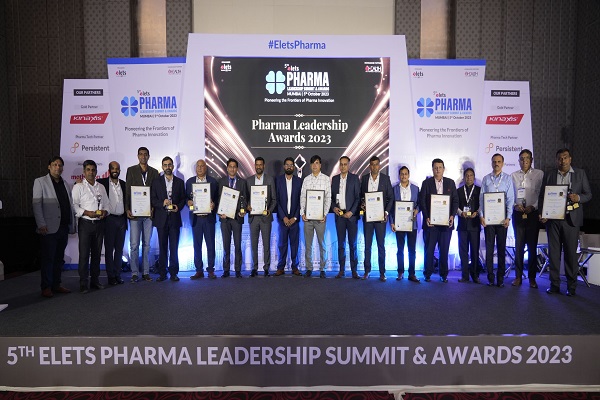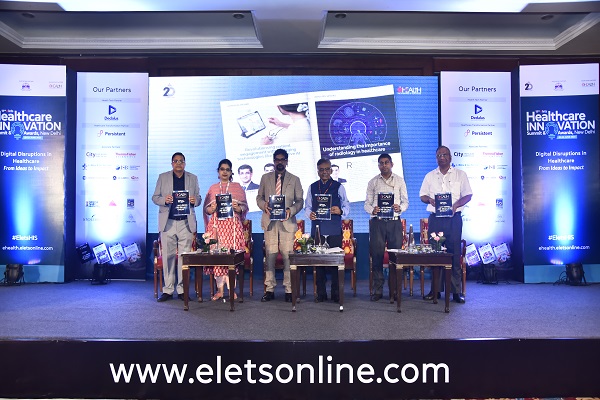Director “ Medical Services, Centre for Sight

Retinoblastoma is the most common eye cancer in children. Its incidence is 1 in about 10,000 live births. Over 1500 children develop retinoblastoma in India every year, contributing to a third of the global incidence.

When retinoblastoma is managed at primary or secondary levels of eye care without adherence to protocols, the death rate is 30-40 percent. In India, over 60 percent of children undergo treatment at primary or secondary levels.

Diagnosis of retinoblastoma is straight-forward and is based on a good clinical examination. Ultrasound B-scan, CT scan and MRI are performed in appropriate cases. Wide-field digital fundus imaging and image analysis immensely helps objectively monitor the regression of the tumor over time.

Just about two decades ago, the standard management of retinoblastoma was eye removal or radiotherapy. The current treatment strategy, even for advanced retinoblastoma, is chemoreduction, which is like going back in time “ chemoreduction helps shrink the size of the tumor to the maximum possible extent before treating the remaining portion with focal and eye conserving treatment measures such as laser thermotherapy. With this strategy, there is over 95 percent survival, 90 percent eye salvage and 85 percent vision salvage. We have adapted a protocol based on
high-dose chemotherapy in combination with periocular chemotherapy for advanced retinoblastoma. This multidisciplinary approach results in eye salvage in about 90 percent of patients with an excellent potential for residual vision.
When detected early, complete cure is possible with appropriate treatment. Public awareness campaigns will hopefully help in early diagnosis
Advanced orbital tumors that had a mortality of over 70 percent can now be cured in a majority of patients with the current protocol combining chemoreduction with surgery and radiotherapy.
Superselective chemotherapy where the drug is injected selectively into the blood vessel that supplies the eye, thus achieving maximum drug concentration where it is needed, is rapidly catching up. Nanoparticle drug delivery, local drug delivery into the eye, and gene therapy are on the horizon. Nanoparticle carboplatin drug delivery bypasses the blood circulation and enters the eye directly thus eliminating systemic side effects of chemotherapy.
The select centres in India such as the National Retinoblastoma Foundation at the Centre for Sight, Hyderabad has all the facilities at par with the most advanced centres in the rest of the World, and can treat retinoblastoma at less than 5 percent of what it costs in the West, with comparable, if not better outcome.
Retinoblastoma gets the attention that it deserves at the National Retinoblastoma Foundation with a dedicated team comprising of a paediatric oncologist, ophthalmic oncopathologist, expert chemotherapy nurse, 24/7 counsellor, and an ocularist for customised prosthesis. Facilities include day care child-friendly chemotherapy facility, plaque brachytherapy, large spot indirect ophthalmoscope delivered transpupillary thermotherapy, sophisticated cryosurgery suite etc. Our time-tested protocols with over 95 percent life salvage, 90 percent eye salvage and 85percent vision salvage and low morbidity in advanced retinoblastoma will be personalised to individual child.
Be a part of Elets Collaborative Initiatives. Join Us for Upcoming Events and explore business opportunities. Like us on Facebook , connect with us on LinkedIn and follow us on Twitter , Instagram.
"Exciting news! Elets technomedia is now on WhatsApp Channels Subscribe today by clicking the link and stay updated with the latest insights!" Click here!







